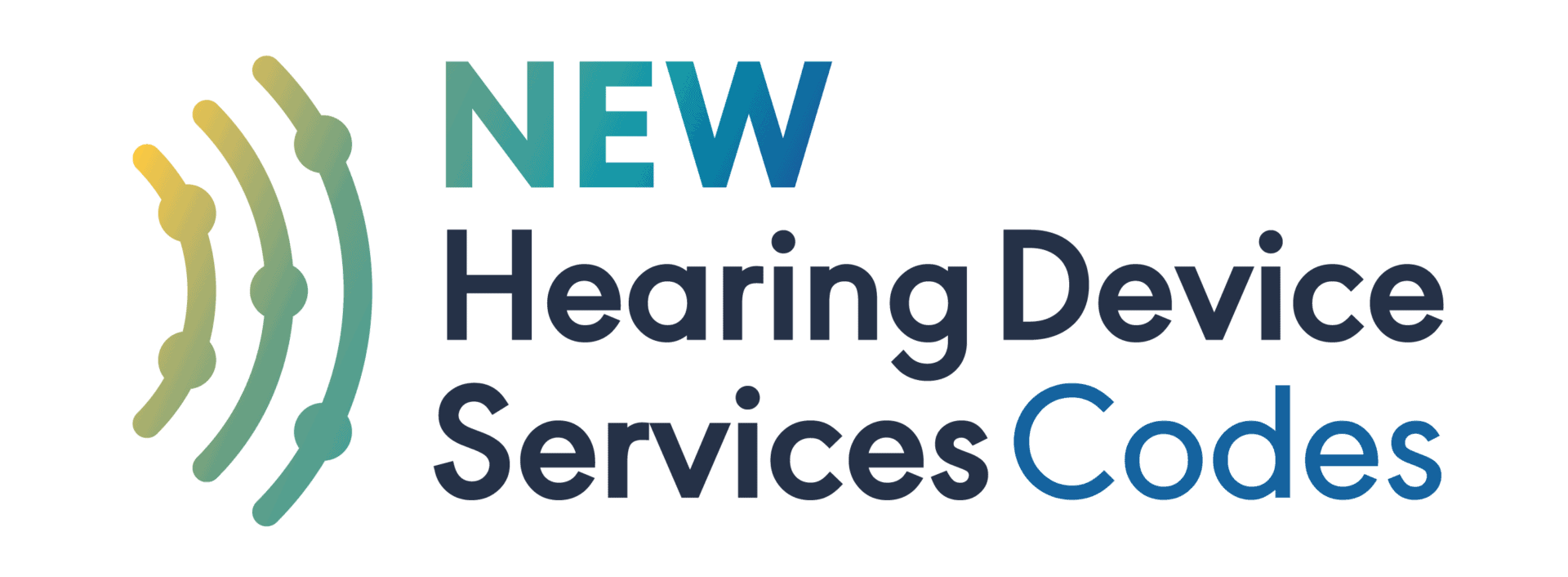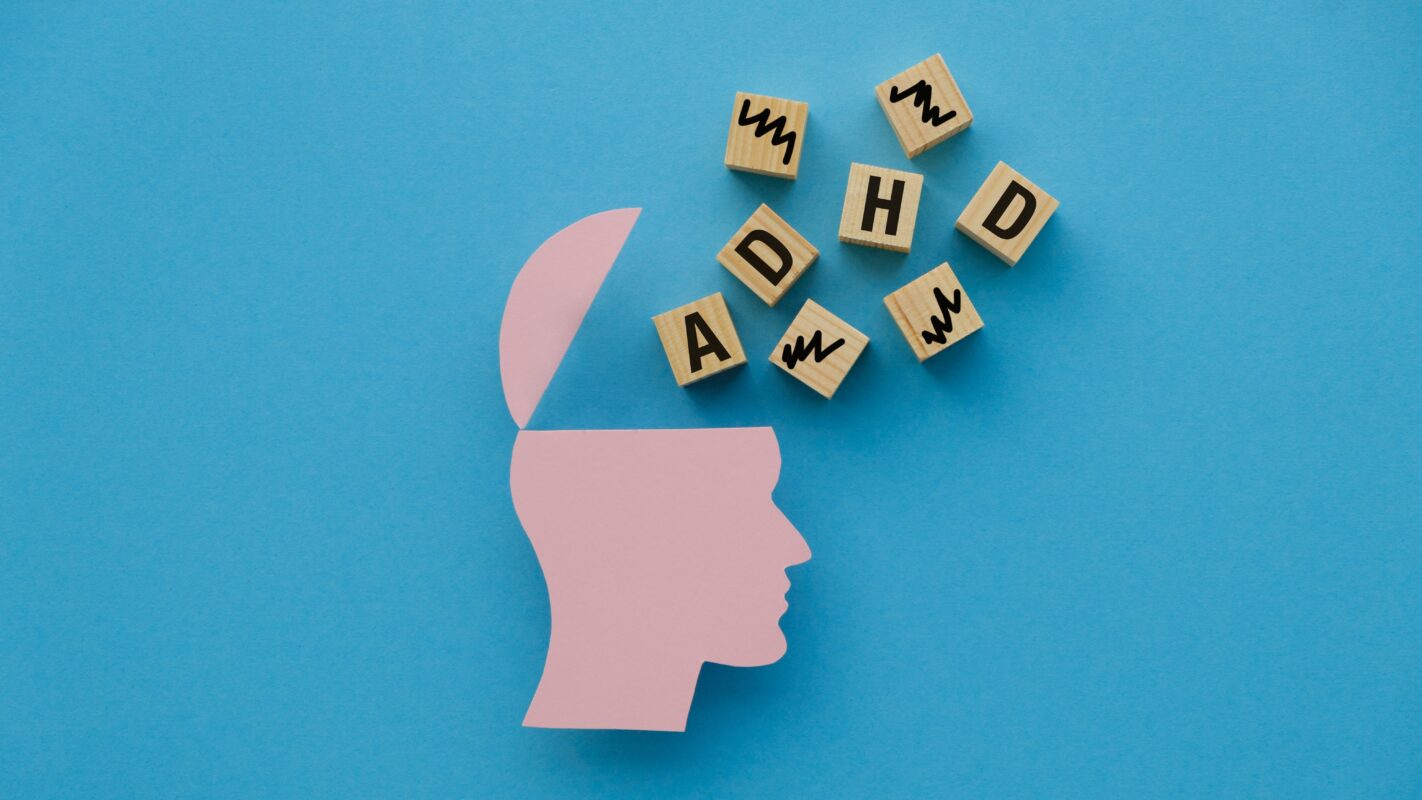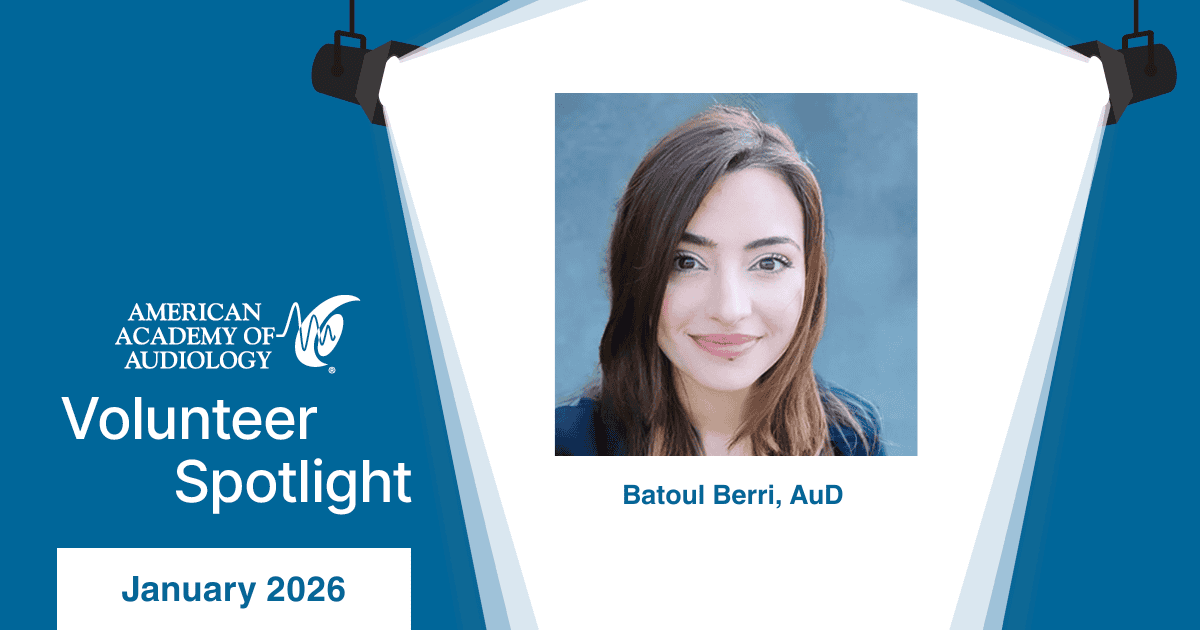


The American Medical Association (AMA) has released CPT 2026, the official codebook for the Current Procedural Terminology (CPT®) Editorial Panel. This annual update replaces CPT codes 92590–92595 with a set of 12 treatment codes to describe professional services provided for hearing aid and hearing device-related services. These changes apply to CPT codes only and do not affect the V codes used under the Healthcare Common Procedure Coding System (HCPCS) for hearing aid devices.
The American Academy of Audiology (AAA) and the American Speech-Language-Hearing Association (ASHA) are excited that these long-awaited codes will soon be available to capture the professional services audiologists provide for hearing aids and related devices today. Unlike the legacy codes, this new code set captures the complexity and breadth of audiologic services for hearing aid candidacy determination, hearing aid selection, hearing aid fitting, follow-up after fitting, hearing aid verification, and the fitting of assistive devices.
New Paradigm
Contrary to the diagnostic codes included in the “Audiologic Function Test” subsection of the CPT codes, which specifically describe what test must be included when providing the diagnostic service, the new codes allow for greater flexibility and wider application. The hearing device services codes are now included in the “Evaluative and Therapeutic Services” section of the CPT codes, which allows the provider to select the services based on patient needs. The new codes provide the opportunity to account for contemporary audiologic treatment services.
| CPT Code | CPT Long Descriptor |
|---|---|
| 92628 |
Evaluation for hearing aid candidacy, unilateral or bilateral, including review and integration of audiologic function tests, assessment, and interpretation of hearing needs (eg, speech-in-noise, suprathreshold hearing measures), discussion of candidacy results, counseling on treatment options with report, and, when performed, assessment of cognitive and communication status; first 30 minutes
(Do not report 92628 in conjunction with 92631, 92632, 92636, 92637, 92642) (Do not report 92628 in conjunction with 92622, 92623, 92626, 92627, if performed on the same ear) (For hearing testing, see 92550-92588) |
| +92629 |
each additional 15 minutes (List separately in addition to code for primary procedure)
(Use 92629 in conjunction with 92628) |
| 92631 |
Hearing aid selection services, unilateral or bilateral, including review of audiologic function tests and hearing aid candidacy evaluation, assessment of visual and dexterity limitations, and psychosocial factors, establishment of device type, output requirements, signal processing strategies and additional features, discussion of device recommendations with report; first 30 minutes
(Do not report 92631 in conjunction with 92628, 92629, 92636, 92637, 92642) (Do not report 92631 in conjunction with 92622, 92623, 92626, 92627, if performed on the same ear) (For hearing testing, see 92550-92588) |
| +92632 |
each additional 15 minutes (List separately in addition to code for primary procedure)
(Use 92632 in conjunction with 92631) |
| 92634 |
Hearing aid fitting services, unilateral or bilateral, including device analysis, programming, verification, counseling, orientation, and training, and, when performed, hearing assistive device, supplemental technology fitting services; first 60 minutes
(Do not report 92634 in conjunction with 92636, 92637, 92642) |
| +92635 |
each additional 15 minutes (List separately in addition to code for primary procedure)
(Use 92635 in conjunction with 92634) |
| 92636 |
Hearing aid post-fitting follow-up services, unilateral or bilateral, including confirmation of physical fit, validation of patient benefit and performance, sound quality of device, adjustment(s) (eg, verification, programming adjustment[s], device connection[s], and device training), as indicated, and, when performed, hearing assistive device, supplemental technology fitting services; first 30 minutes
(Do not report 92636 in conjunction with 92628, 92639, 92631, 92632, 92634, 92635, 92642) |
| +92637 |
each additional 15 minutes (List separately in addition to code for primary procedure)
(Use 92637 in conjunction with 92636) |
| +92638 |
Behavioral verification of amplification including aided thresholds, functional gain, speech in noise, when performed (List separately in addition to code for primary procedure)
(Use 92638 in conjunction with 92634, 92636) (Do not include the time for 92638 within the overall time used for reporting 92634, 92636) |
| +92639 |
Hearing-aid measurement, verification with probe-microphone (List separately in addition to code for primary procedure)
(Use 92639 in conjunction with 92634, 92635) (Do not include the time for 92639 within the overall time used for reporting 92634, 92636) (For unilateral procedure, report 92639 with modifier 52) |
| 92641 |
Hearing device verification, electroacoustic analysis
(Do not include the time for 92641 within the overall time used for reporting 92634, 92636) (For unilateral procedure, report 92641 with modifier 52) |
| 92642 |
Hearing assistive device, supplemental technology fitting services (eg, personal frequency modulation [FM]/digital modulation [DM] system, remote microphone, alerting devices)
(Do not report 92642 in conjunction with 92631, 92632, 92634, 92635, 92636, 92637, 92638, 92639) |
Time-Based Codes
The timed services in this new family of codes account for the activities of evaluation, assessment, management, and treatment of the patient relating primarily to air conduction hearing devices. Time-based coding allows audiologists to bill for these activities based on the total time spent on the patient on the date of encounter. Audiologists must meet the time thresholds defined for each code to justify the billing. The following table elaborates on the minimum time threshold for each code.
| CPT Code | Service Descriptor | Time in Code (Minutes) | Minimum Time to Report (Minutes) |
|---|---|---|---|
| 92628 | Evaluation for hearing aid candidacy | 30 | 16-37 |
| +92629 | Evaluation for hearing aid candidacy | 15 | Each additional 15 minutes starting at 38 minutes |
| 92631 | Hearing aid selection | 30 | 16-37 |
| +92632 | Hearing aid selection | 15 | Each additional 15 minutes starting at 38 minutes |
| 92634 | Hearing aid fitting | 60 | 31-67 |
| +92635 | Hearing aid fitting | 15 | Each additional 15 minutes starting at 68 minutes |
| 92636 | Hearing aid post-fitting follow-up services | 30 | 16-37 |
| +92637 | Hearing aid post-fitting follow-up services | 15 | Each additional 15 minutes starting at 38 minutes |
| +92638 | Behavioral verification | Not time-based | Not time-based |
| +92639 | Probe-microphone verification | Not time-based | Not time-based |
| 92641 | Electroacoustic analysis verification | Not time-based | Not time-based |
| 92642 | Hearing assistive devices services | Not time-based | Not time-based |
Guidance on Using the Codes
As seen historically with the implementation of other new codes, the effective date of January 1, 2026, likely does not equate to instant recognition and utilization by providers or payers. Ongoing promotion and education of the codes in the months ahead will support the operationalization of the 12 new codes across provider and payer systems and by clinicians.
Similar to the legacy codes, the new hearing device services codes are statutorily excluded from Medicare coverage and do not have assigned relative value units (RVUs) as they did not undergo review by the American Medical Association Relative Value Update Committee (AMA RUC) and are not priced under the Medicare Physician Fee Schedule. Audiologists will have greater flexibility to negotiate more customized and market-driven payment rates directly with commercial payers, employers, or patients.
AAA and ASHA will continue to offer extensive education, guidance, and resources to assist audiologists with the proper use of the new code set. Audiologists can attend a joint webinar, Navigating the Shift: Understanding the New Hearing Device Service CPT Codes, on Tuesday, October 14, at 8 p.m. Eastern time. The webinar will break down the new code set and the rationale behind the change as well as explain how to proactively adapt billing, documentation, and payer communication strategies. Register here to participate in the live event. There will also be a recording of the webinar available roughly two weeks after the webinar airs.
AAA and ASHA have prepared related resources and tools that can be found on our respective web-based resource centers, along with other useful information. Additional targeted educational efforts for audiologists and payers will be ongoing to assist with understanding and implementing the new code structure.
Questions/Contact
Contact AAA at reimbursement@audiology.org.
See also: Hearing Device Services Code Resource Center.
Contact ASHA at reimbursement@asha.org.
See also: New Hearing Device Services Codes: Modernizing Audiologic Services.
Recent Posts
Attention-Deficit/Hyperactivity Disorder in Adults
Ashman and colleagues (2025) recently published a report that examined health center visits by adults who had a diagnosis of ADHD. These authors used data…
Volunteer Spotlight: Batoul Berri, AuD
What is your background in audiology? I am a pediatric and vestibular audiologist at University of Michigan-C.S. Mott Children’s hospital. I have been practicing for…
What Breakthroughs Are Coming to AAA 2026?
AAA 2026 will be delivering some of the most timely, innovative, and practice-shaping content in audiology in San Antonio. This year’s Featured Sessions will spotlight…


